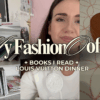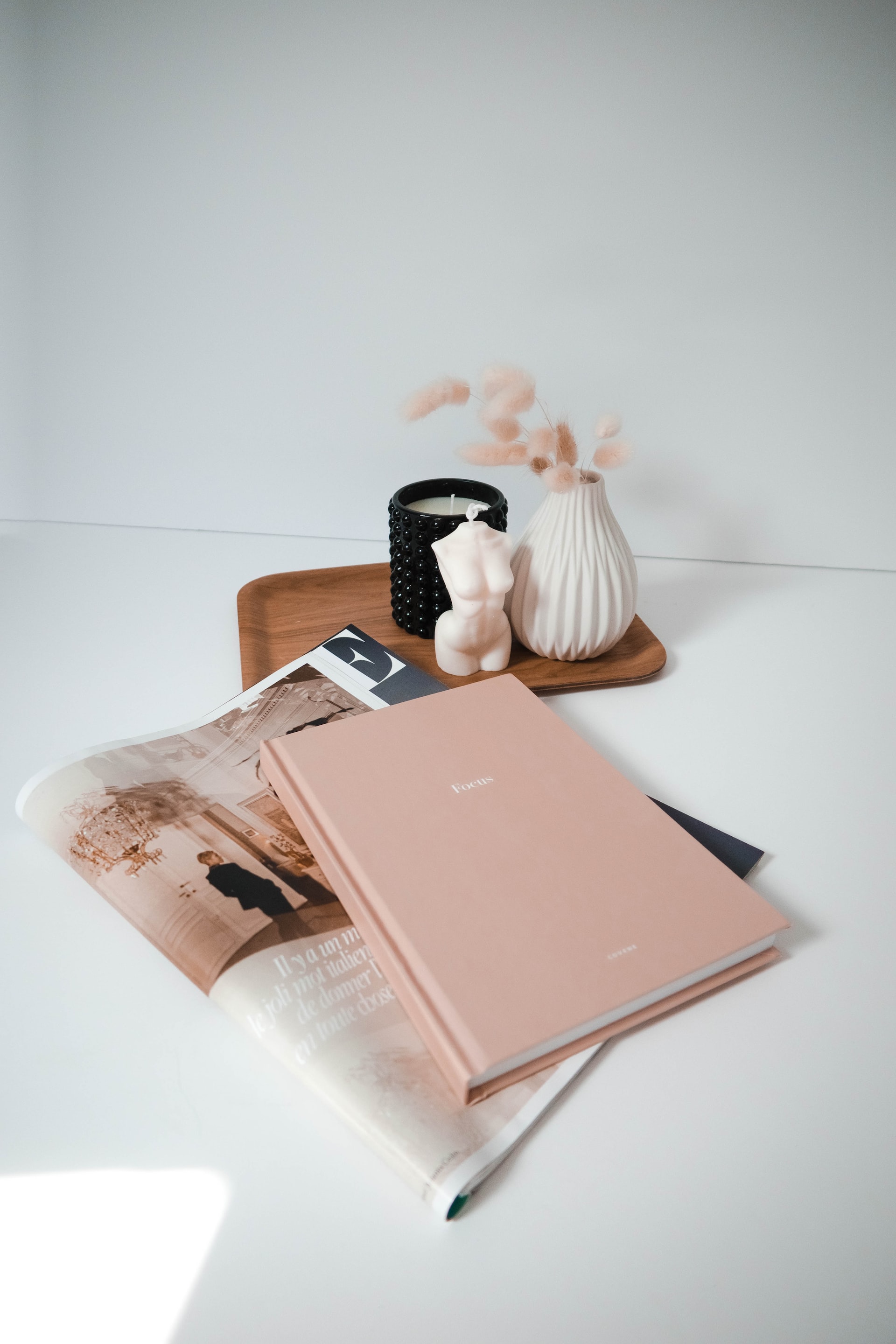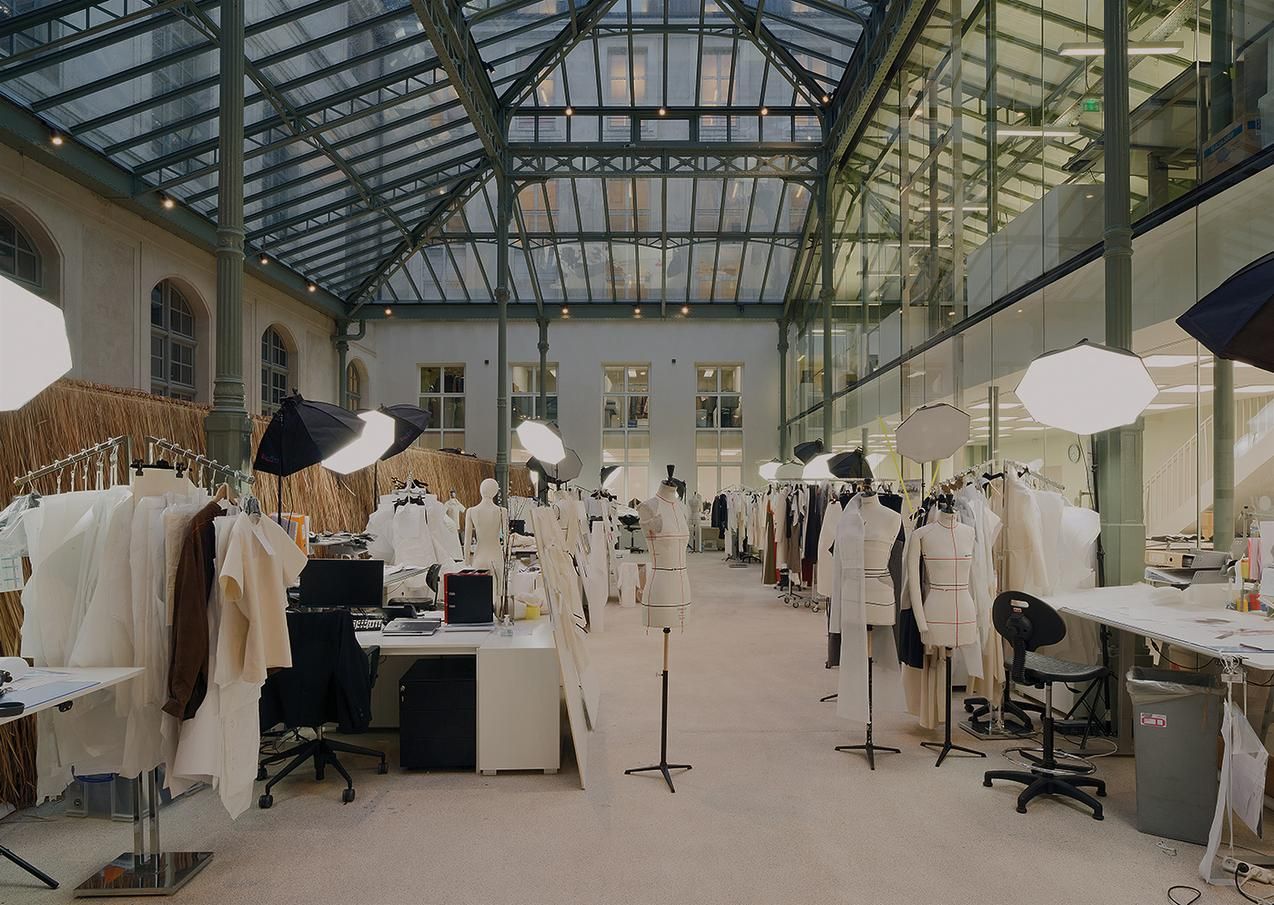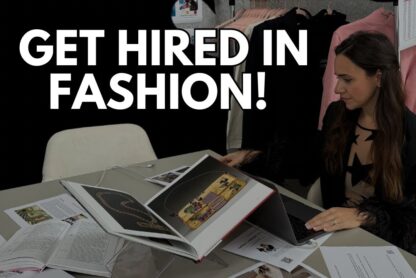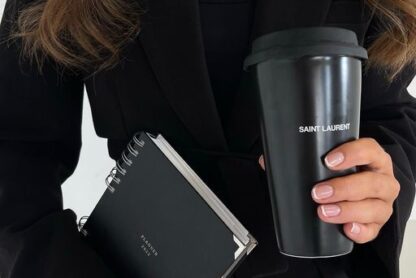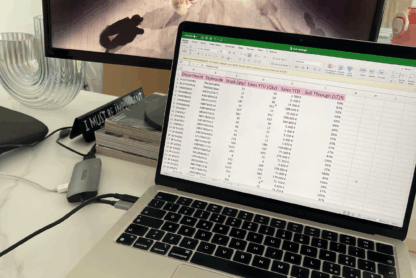In the competitive world of the fashion industry, landing your dream job requires more than just a stellar resume. And unfortunately, I see many people still building this document only to get then disappointed they didn’t get a call back from companies. A successful job application is like a puzzle made up of different parts. And you need to make them all (or at least 80%) right if you want to see results. Yes, the resume is a fundamental document to submit for your applications but it’s not the only one.
When people ask me: “I am applying for jobs/internships but I am not getting a call back, what am I doing wrong?”, I normally start asking different questions because while many believe the resume is the only weak point (especially if they don’t have experience) it’s almost never the only reason why your applications are being rejected or ignored. It could be for example that you didn’t add a cover letter or that yours was not effective or it could be the portfolio or other things as well. In this article, I want to focus on the cover letter and give you some more tips. I already wrote about cover letters in this other article.
Crafting a captivating cover letter is a key element to stand out from the crowd and make a lasting impression on hiring managers. While resumes provide a snapshot of your qualifications and work history, cover letters offer an opportunity to delve deeper into your story, aspirations, and unique qualities. Many tend to write in the cover letter just a recap of the resume but a cover letter is not a recap of the resume. So let’s go through the essential components of a compelling cover letter tailored to the fashion industry.
What Can A Cover Letter Explain That A Résumé Cannot?
The Power of a Well-Crafted Cover Letter
Cover letters and resumes are two sides of the same coin, often reviewed simultaneously by hiring managers. A resume provides a schematic summary of your education, skills and work experience. It’s more impersonal, objective and cold. On the other hand, a cover letter is your personalized and narrative introduction to the employer, where you can showcase your personality, enthusiasm, and alignment with the company’s values. By pairing a strong cover letter with your resume, you create a more comprehensive picture of who you are and why you’re the perfect fit for the job.
Especially when you are at the beginning of your career and your resume is normally empty, the cover letter is really a tool you should leverage more than the resume if you want to increase your chances of landing the job. Fashion companies are hiring people based on their motivations, attitudes and passion especially when they hire for entry-level roles because they know that if you have these then they can teach you everything else on the job.
So with the cover letter, you have an opportunity to show you are the motivated, smart, and passionate one with the potential to learn everything on the job. Which you can’t do with a resume. Your motivation is what makes you stand apart from other candidates.
I always suggest adding a cover letter, even when it’s not expressly required. Because it really makes all the difference in your applications and you can break into fashion even if you have a short resume.
What a Cover Letter Can Explain that a Resume Cannot
Narrating Your Journey
A cover letter offers the chance to share the story behind your résumé. You can explain the choices you’ve made in your career, your passion for fashion, and how your journey has led you to apply for the specific position. Use this space to highlight your dedication and motivation. Showing that you’re not just a list of skills and experiences but a person with a purpose.
Aligning with the Company
Your cover letter provides an opportunity to demonstrate your knowledge about the company and your genuine interest in their mission and values. Explain why their brand resonates with you and how you envision contributing to their success. It’s important to not make the cover letter about you only, but use your story to tell how you will eventually contribute to the company. Mentioning specific details and keywords from the job description or the company’s recent achievements shows that you’ve done your research homework and are truly invested. That’s why it would be impossible to use the same cover letter for all the jobs or internships. If you can it means that it’s not personalized enough so it’s not effective.
Tailoring Your Skills
While a resume lists your skills, a cover letter allows you to explain how these skills have played a role in your past experiences and how they make you an excellent fit for the new role.
Addressing Employment Gaps
If your résumé includes gaps in employment, a cover letter is the place to address them positively and proactively. Explain any periods of transition or self-improvement, such as taking courses or traveling, and show how these experiences have enriched your perspective and skills.
Expressing Enthusiasm
Your cover letter is where your enthusiasm for the position and the company should shine. Use this platform to convey your excitement about the opportunity and how you can contribute to the growth of the fashion brand. A genuine expression of passion can leave a lasting impression on hiring managers.
What To Include In A Cover Letter
Contact Information
Begin your cover letter with your contact details, followed by the date and the employer’s contact information.
Salutation
Address the hiring manager by name if possible. Make sure you do your research carefully and only when the hiring manager is not anywhere, use a general salutation such as “Dear Dior Hiring Manager or Dear Dior Team.” I personally never suggest using To Whom It May Concern because it’s too impersonal.
Opening Paragraph
Capture the reader’s attention right from the start. Mention the job title you’re applying for and briefly explain how you learned about the opportunity. Express your genuine enthusiasm for the role and the company. This is your chance to make a strong first impression and highlight your interest in the position. Mention the job title you’re applying for and briefly state why you’re interested in the position and the company.
Skills and Qualifications
Highlight your skills and qualifications that are directly relevant to the position and listen in the job . In the body of your cover letter, focus only on the skills and qualifications that directly align with the job requirements. Provide specific examples of how you’ve demonstrated these skills in previous roles or how you’ve acquired them. For example: I am proficient in Excel and I specifically learned it applied to the fashion industry when I took the Excel for fashion course.
Employment History
If you can briefly touch on your work experience, emphasizing roles and responsibilities that align with the job you’re applying for. You can refer to your resume for specific details but avoid repetition.
Company Fit
Demonstrate your knowledge of the company and its values. Explain why you’re excited about the opportunity to work for them and how your own values align with theirs. Mention any recent company achievements or initiatives that have impressed you. This shows that you’ve done your research and are genuinely interested in becoming part of the team.
Closing Paragraph
Summarize your enthusiasm for the position, express your interest in further discussion, and thank the employer for considering your application.
Invite the hiring manager to contact you for further discussion and express your willingness to provide any additional information they may need. End the letter with a professional closing, such as “Sincerely” or “Best regards,” followed by your name.
Crafting Your Perfect Cover Letter
When writing your cover letter, remember to keep it concise while providing enough information to make a compelling case for your candidacy. Your letter should complement your resume by adding stories and context to your qualifications.
Keep your cover letter concise and focused, aiming for about three to four paragraphs. Use a professional font and maintain consistent formatting with your resume. Ensure your cover letter is well-organized and easy to read. Avoid excessive use of bold or italics, and use bullet points sparingly for clarity.
Before you start writing a cover letter for each job application, take the time to research the company and read carefully the job description to tailor your letter, and convey your passion. By doing so, you’ll increase your chances of catching the attention of hiring managers and stepping into the spotlight of the fashion industry.
Remember, a resume gets you noticed, but a well-written cover letter gets you remembered.
Need cover letter and resume templates and more detailed tips on how to build yours? I teach everything step by step in my Break into the fashion industry course. Start with this free webinar.

